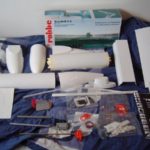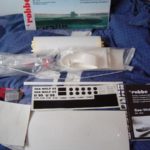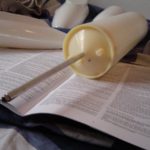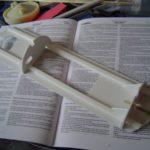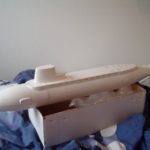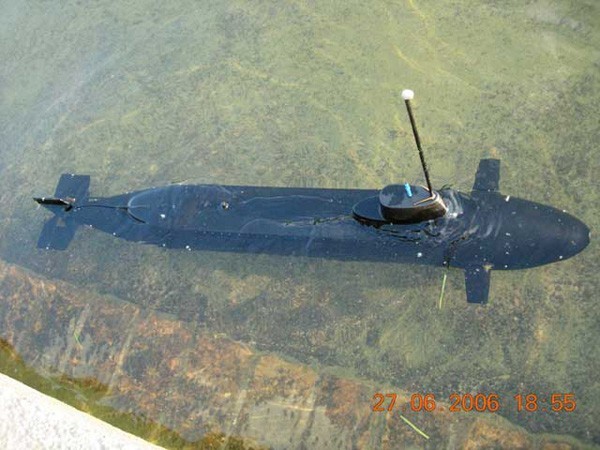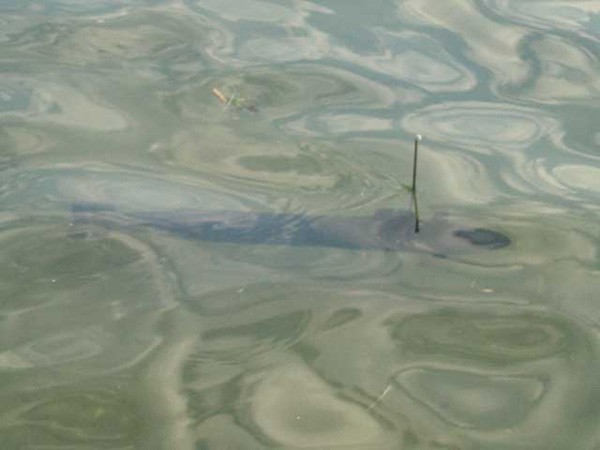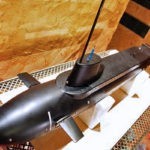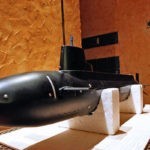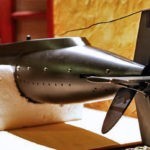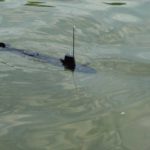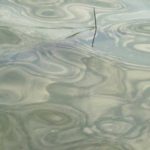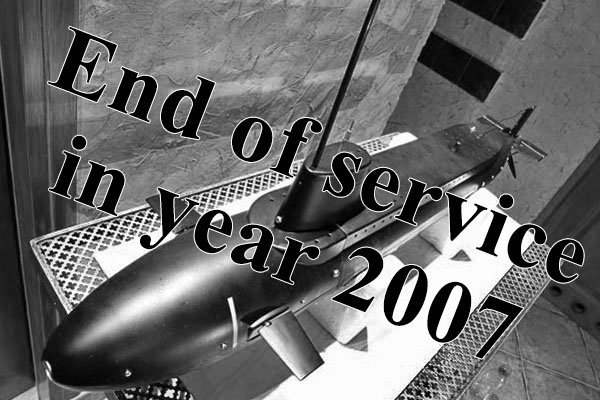 Seawolf U-1
Seawolf U-1
- Length: 90cm
- Weight: 4,5 kg
- Scale: None
- Type: static diver (bladder with pump)
My first submarine model, a kit from the long gone Robbe. I was getting my very first experience with it and learned the very basics how to built those in the future by myself. Not proud how it was assembled, but it was my very beginning in the submarine hobby so that’s always worth to share.
Built Started: 05.11.2004
Build Finished: 01.05.2005
Retired: 21.09.2007
Built:
The work started in late 2004. The model was in service between 2005 and 2007.
Seawolf U1 has ended it’s service and has been disassembled in 2007. The electronics and some of the hull structural elements have been used to construct a second version of the model – The Seawolf U-2. It was my very first submarine KIT and it this is the moment when everything begins. This little vessel gave me the very first experience in the hobby of radio controlled submarines. It was partially funded by my Mum as I was a poor student back then and the model was a reward for passing all the exams and being accepted in the academy. Thanks Mum.
Functions added:
- Ballast system! Pump with an elastic ballast tank (bladder).
- Servo operated bow (front) diving planes.
- At the end of it’s service, it even had a rocket system being able to shot rockets (fireworks) from underwater. It was so dangerous, that I’ve used it twice…
Modifications:
- The electronics and mechanical tray has been modified to fit a ballast tank and additional speed controller for the pump.
- Sealing and locking method of the WTC has been modified too, the one designed by Robbe was terrible!
Unfortunately, at that time I didn’t make a lot of photos, like during the building threads of the U-boot VIIC or the Typhoon. Perhaps it’s better, cause the dry section was a terrible mess with lots of glue everywhere. I was quite young, without access to any model makers tools. Often, when I wanted to modify a plastic element, I had to cut it, with wire clamps (!) or melt it with a soldering iron (!). I had very little knowledge about adhesives and lubricants. I only had general knowledge about RC modelling from planes and gliders.
Model was controlled by five channels plus one more for the rocket (fireworks) launcher, which was added at the end of the service. The model has been finally disassembled as you could see the structure being more and more fatigued after each run – mostly cause of using wrong glue, poor precision of the assembly and general lack of experience of it’s captain… Further use of the model in such a shape would mean asking myself for trouble.
This is how my first WTC looked like… Nowadays I feel little embarrassed when I look at it, but everyone has to start somewhere.
On the photo below you can see the lower part of the tray and the ballast system of my Seawolf U1. It consisted out of bidirectional pump and a medical drip bag as an elastic ballast tank. Model had a receiver with a built in fail safe – in case of loosing the radio signal it was programmed to pump the water from the tank immediately. It was some real high tech back then!
Different angle of the view. You can clearly see the pump on the left, the lead acid battery in the middle and main motor on the right.

